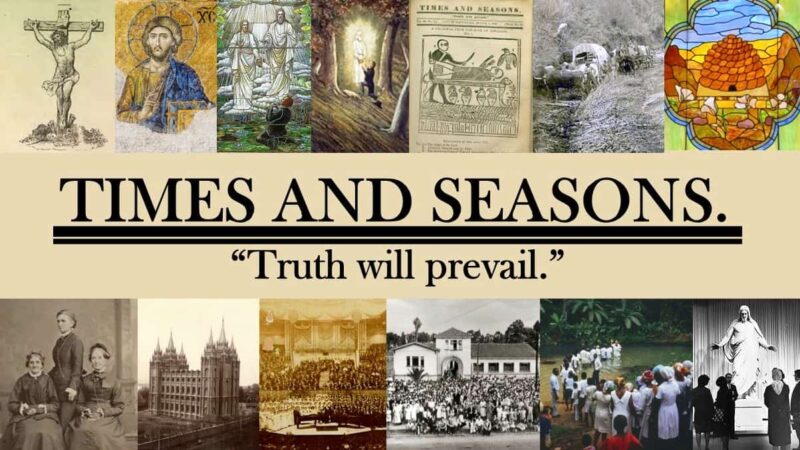A while ago, I published a series of posts, “Making Sense of Prophecies,” that connected my academic research to the prophecy of “Lutius Gratiano.” (You know the one: “The old true gospel and the powers thereof are lost….”) Then the editor of the Journal of Mormon History suggested the topic might work as an article. Three years later, the article is now in print. The delay was mostly due to the time it took to track down all the copies of “Lutius Gratiano” I could find (around 90) and skim through the published work of Samuel Lutz (which came to a couple thousand pages).
What was I able to discover with the additional work? A few things.
The prophecy is not pure fiction. Nearly all the phrasing and sentiment of “Lutius Gratiano” can be traced to various passages in the work of Samuel Lutz, especially Bild Gottes an den Ersten Christen Neues Testaments of 1741. So a century of research into the prophecy’s veracity has been looking for the wrong thing, and in the wrong place.
Jakob Spori combined ideas and passages from Lutz into one paragraph as part of a longer article that he first published in 1893 in Juvenile Instructor and then in German in Der Stern. But Spori wasn’t the one who put “Lutius Gratiano” into circulation as a prophecy. That didn’t happen until early 1898. Something else that’s escaped notice is that the prophecy is not Spori’s original text. Someone back-translated the German text from Der Stern into English, then revised it, and eventually corrected it against the original English text while still seeing Spori’s German translation as the authoritative original. I think the evidence points to Hyrum Muhlestein as the redactor. Fun fact: Muhlestein first read the prophecy while serving a mission in 1894, but you can listen to him recite the prophecy from memory on FamilySearch.
“Lutius Gratiano” gained popularity rapidly in 1898, but – contrary to previous assumptions – it wasn’t missionaries in Germany who were first responsible for the prophecy’s circulation. The earliest circulation was in Utah and Idaho newspapers. Americans and immigrants to America were far more fascinated than church members in Germany or Switzerland. While missionaries certainly shared it with each other (especially in 1898-1900), it also circulated with semi-official approval in mission newsletters and other publications with much farther reach than your typical missionary journal.
“Lutius Gratiano” provides an unusual opportunity to study how normal people make use of prophetic texts. And in most case, it’s not end-time speculation or the search for the spectacular. Similar to recent arguments in debates about late medieval prophetic texts, the most important use of “Lutius Gratiano” wasn’t to gain knowledge of the future, but to help readers make sense of their present moment. “Lutius Gratiano” also provides evidence for interpersonal uses of prophecies to build and strengthen personal relationships and to put family history in a Restoration context.
There’s a lot more, so check out the article for all the details.
